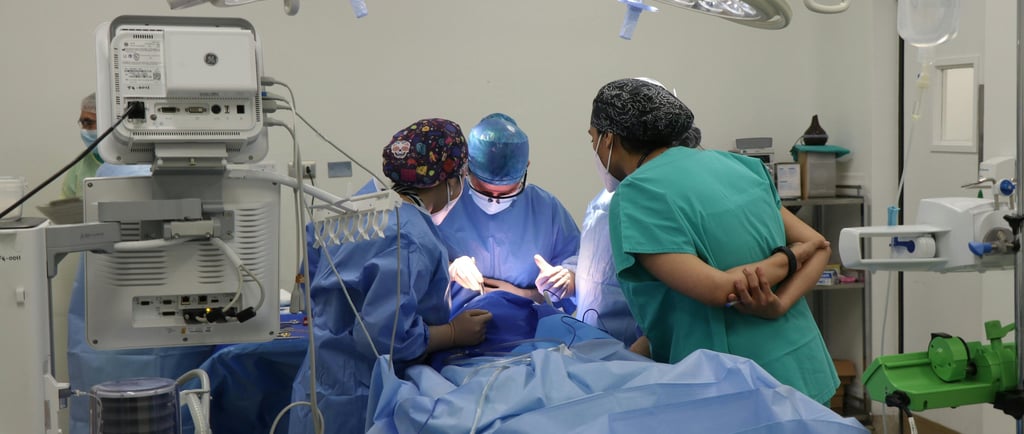OEM vs. Third-Party Biomedical Equipment Service: What’s Right for Your Facility?
7/14/20251 min read


When it comes to ensuring that your biomedical equipment is safe, compliant, and ready for patient care, choosing the right service partner is one of the most important decisions you’ll make. Many healthcare facilities default to working exclusively with the Original Equipment Manufacturer (OEM), but there are significant advantages to also considering a trusted third-party biomedical provider.
What Does OEM Service Mean?
Original Equipment Manufacturers (OEMs) design and build your medical devices, so they offer specialized knowledge of their own products. However, OEMs often come with higher rates, strict service contracts, and limited flexibility, which can lead to longer wait times — especially if you need urgent support outside of standard business hours.
Why Consider a Third-Party Biomedical Service Provider?
Third-party biomedical service companies specialize in supporting a broad range of device types and brands. Certified biomedical technicians who work independently of OEMs are trained across different equipment lines, making them a versatile resource for all your devices — from anesthesia machines and monitors to surgical tools and defibrillators.
Key Benefits of Third-Party Biomedical Service
Faster response times and less downtime to keep critical equipment functioning
Comprehensive documentation and records to support audits and inspections.
Competitive pricing without sacrificing service quality
Multi-vendor expertise across all major makes and models
Detailed records and reports to ensure you're audit and inspection-ready.
Choosing the Right Service Model for Your Facility
For most healthcare facilities, a balanced approach works best — retaining OEM expertise for highly specialized equipment while leveraging third-party providers for everyday maintenance, routine repairs, and preventive care. This strategy helps keep your facility running efficiently while reducing unnecessary expenses and minimizing downtime.
Conclusion
Whether you choose OEM support, third-party service, or a combination of both, the most important thing is to have a clear plan for keeping your equipment safe, compliant, and dependable. A proactive, well-considered service strategy will not only help you extend the lifespan of your devices but also ensure that your team can focus on delivering the best possible patient care.
Services
Expert repair and inspection for medical equipment. Follow us on socials
Ready to streamline your medical equipment services? Call us today! 732 928 4212
© 2024. All rights reserved.

